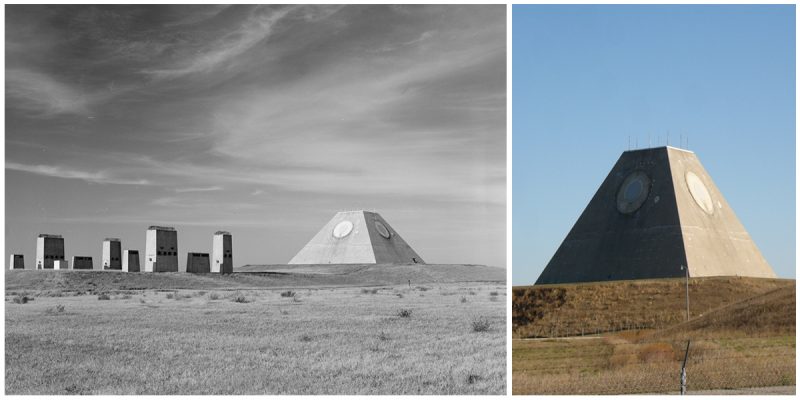Located just North North East of the small town Nekoma, North Dakota, the Stanley R. Mickelsen Safeguard Complex was a cluster of military facilities that supported the United States Army’s Safeguard anti-ballistic missile program. Developed in the late 1960s, the compound provided launch and control for 30 LIM-49 Spartan anti-ballistic missiles and 70 shorter-range Sprint anti-ballistic missiles.
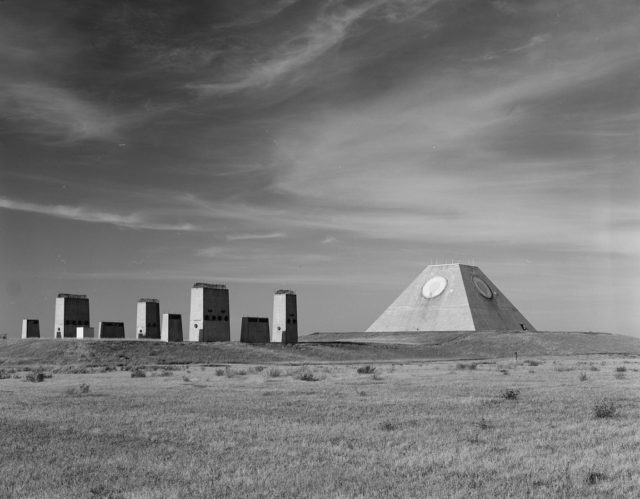
In 1969, President Nixon announced the “Safeguard Program” that would consist of several Safeguard systems at various locations around the country to protect critical strategic weapons assets. The reason for this is that at the height of the Cold War, a Soviet nuclear attack was a genuine threat and the States decided that a defense program was needed that could protect the country’s intercontinental ballistic missile (ICBM) capabilities, particularly the Minuteman missile fields based at Grand Forks Air Force Base in North Dakota, as well as civilian population centers.
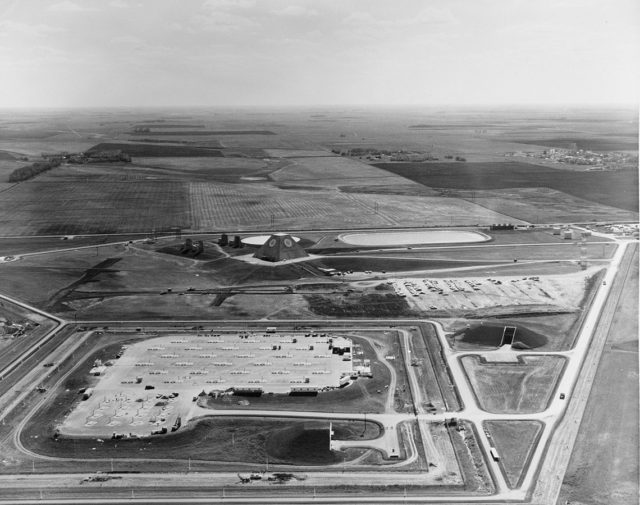
Under the terms of the 1972 Anti-Ballistic Missile Treaty, the US was permitted to deploy two ABM systems protecting an area containing ICBM launchers. The total of 100 launchers and 100 missiles was the maximum allowed under the treaty.
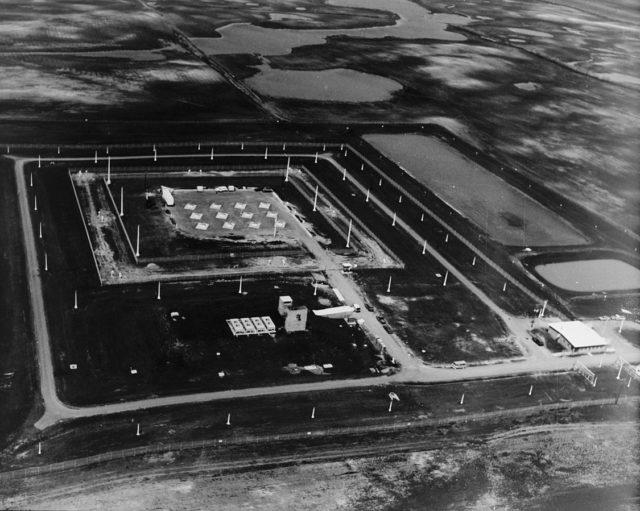
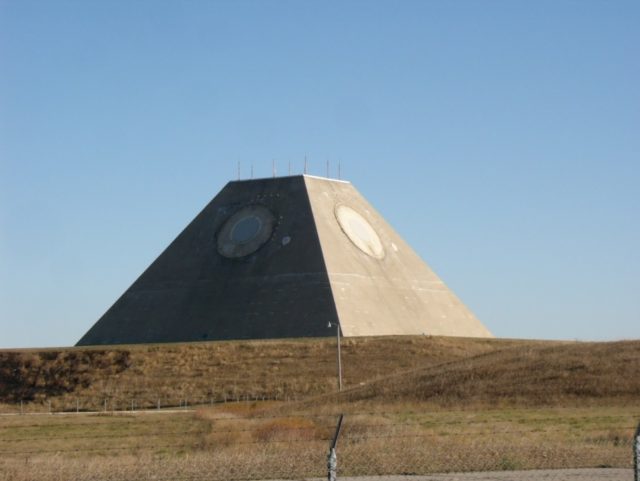
Safeguard was scaled back to sites in North Dakota and Montana, abandoning initial work at a site in Missouri, and canceling all other planned bases. Construction of the two remaining bases continued until 1974 when an additional agreement limited both countries to a single ABM site. The Montana site was abandoned with the primary radar partially completed. The remaining base in North Dakota, the Stanley R. Mickelsen Safeguard Complex, named after the Army Air Defense Command’s third commanding general, Lt. Gen. Stanley R. Mickelsen, achieved initial operating capability on 1 April 1975 and on September 28, 1975 the Safeguard complex became operational, making it the first operational anti-ballistic missile system deployed by the U.S., until the Ground-Based Midcourse Defense system.
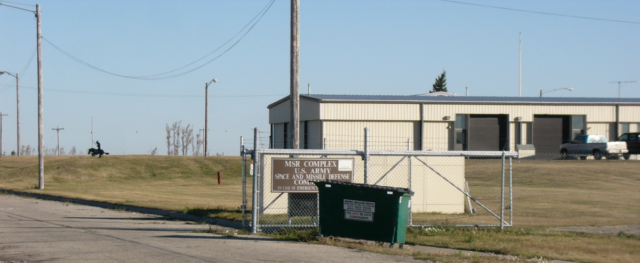
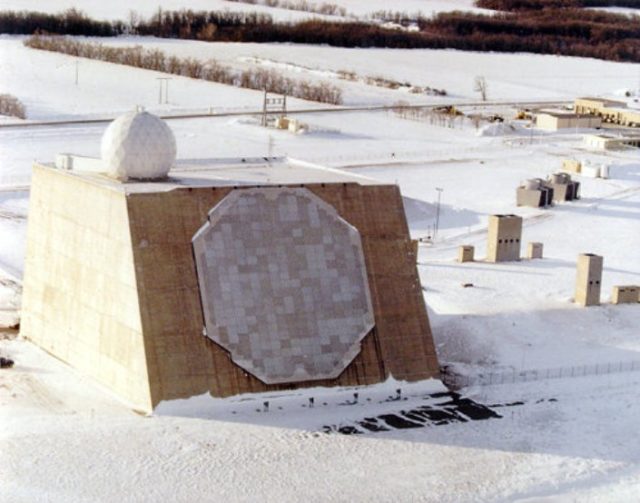
The central piece was 24-meter-tall pyramid-shaped Missile Site Radar (MSR), designed to track incoming warheads and guide the interceptors to their assigned targets. Inside its buildings were housed the computers and a phased array radar used to monitor and ping back at incoming ICBM warheads. It had reinforced underground missile launchers for at least 46 nuclear-tipped Spartan and Sprint missiles.
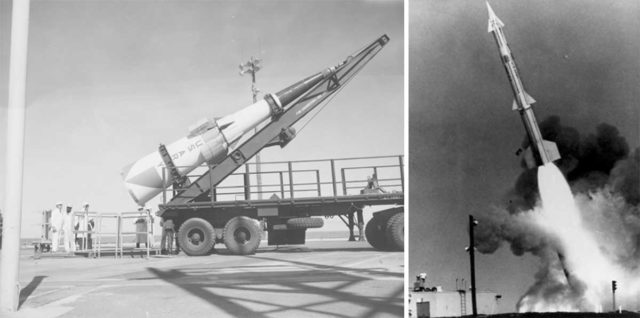
But on 10 February 1976, the House Appropriations Committee voted to deactivate it, and after less than a year of operation, the complex was shut down. Today, a couple of buildings and the giant, hulking pyramid is all that remains of the 6 billion dollar project.
